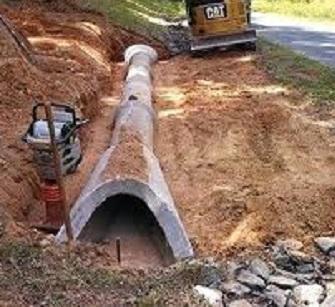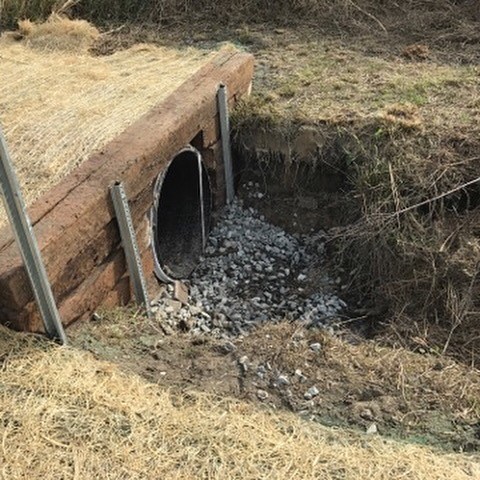Efficient Underbrush Clearing for Clean and Safe Land
Efficient Underbrush Clearing for Clean and Safe Land
Blog Article
Mastering Culvert Setup: Boost Your Land Drain Efforts
Effective land drainage is an important element of successful farming and framework tasks. Culverts play a considerable function in managing water circulation and protecting against disintegration, making their proper installment necessary. From selecting the ideal products to implementing finest techniques, understanding culvert setup can considerably improve the effectiveness and long life of your land drain system. By understanding the details of culvert setup, you can optimize your water drainage initiatives and make sure sustainable land usage practices.
Significance of Culvert Setup
Ensuring appropriate culvert installment is critical for maintaining efficient land drainage systems. Proper installation of culverts aids to direct water away from roads and buildings, lowering the danger of flooding and water damage.
Proper Sizing and Positioning

Correct placement of culverts is equally vital. Culverts should be positioned at the most affordable factor of the area requiring drain to make certain efficient water flow. Furthermore, they must be mounted vertical to the all-natural incline of the land to avoid obstructions and permit smooth water flow. Strategic positioning can aid protect against waterlogging, dirt disintegration, and roadway damages, making certain the long life and efficiency of the land drain system.
Material Selection Tips
Picking the right products is extremely important in ensuring the durability and functionality of culverts for effective land water drainage systems. When picking products for culvert setup, it is essential to consider factors such as the water circulation price, soil composition, and ecological problems of the site.
Among one of the most typical materials made use of for culverts is corrugated steel (Tree removal). Corrugated metal culverts are durable, cost-efficient, and simple to install. They are suitable for locations with high water flow prices and can stand up to hefty tons. Another preferred choice is concrete culverts, which offer superb stamina and longevity. Concrete culverts are suitable for areas vulnerable to rust or when a much longer life span is desired.
For environmentally sensitive locations, plastic culverts may be liked. Plastic culverts are lightweight, resistant to deterioration, and simple to transfer and mount. They are also understood for their smooth inside, which helps to preserve reliable water flow. Furthermore, in locations where natural looks are essential, products like rock or wood can be utilized to build culverts that mix seamlessly into the surroundings. Inevitably, the selection of product ought to be based upon a thorough evaluation of the certain requirements and problems of the land drain job.
Installation Methods and Finest Practices
Provided the important importance of product selection in making sure the performance and long life of culverts, the installation strategies and best methods play a critical duty in the overall success of land water Get the facts drainage systems. Correct installation is vital to stop problems such as leaks, falls down, or blockages that can endanger the efficiency of the culvert.

During installment, care has to be taken to line up the culvert correctly and supply correct assistance to prevent contortion. Backfilling needs to be done progressively and compressed in layers to avoid gaps and settlement. Correct compaction is important to avoid shifting or sinking of the culvert with time.

Upkeep and Long-Term Care
Implementing a comprehensive upkeep plan is necessary for ensuring the longevity and efficient performance of culverts in land drainage systems. Routine examinations ought to be carried out to look for any kind of indications of damage, blockages, or erosion that might endanger the capability of the culvert. Clearing up debris such as leaves, branches, and sediment is essential to avoid blocking and keep the flow capacity of the culvert. Vegetation control around the culvert area is also essential to prevent roots from triggering structural damages.
Routine upkeep jobs might consist of cleansing, repairing joints, strengthening inlet and outlet structures, and guaranteeing proper incline and useful link alignment of the culvert. Maintaining detailed records of maintenance activities, examinations, and repairs is crucial for tracking the condition of the culvert over time and intending future upkeep requirements.
Final Thought
In verdict, understanding culvert installation is vital for effective land drain. By complying with finest practices and applying long-term care strategies, landowners can increase their water drainage initiatives and make certain the durability and capability of their culverts (Tree removal).
Report this page